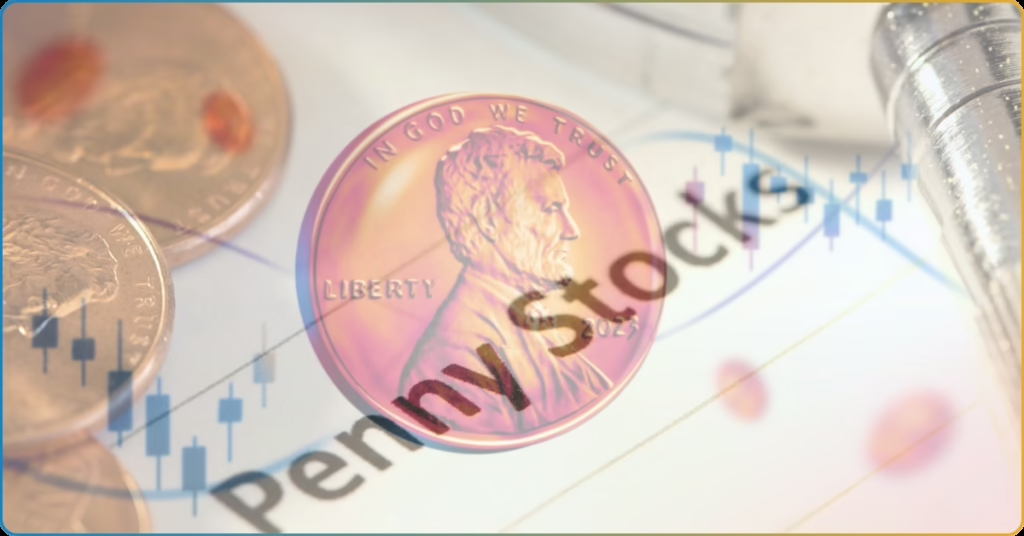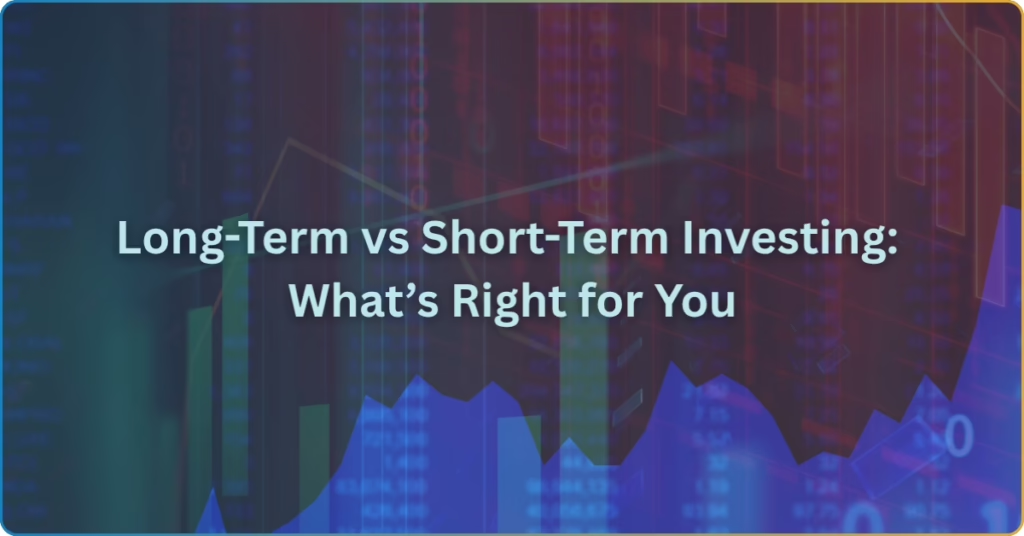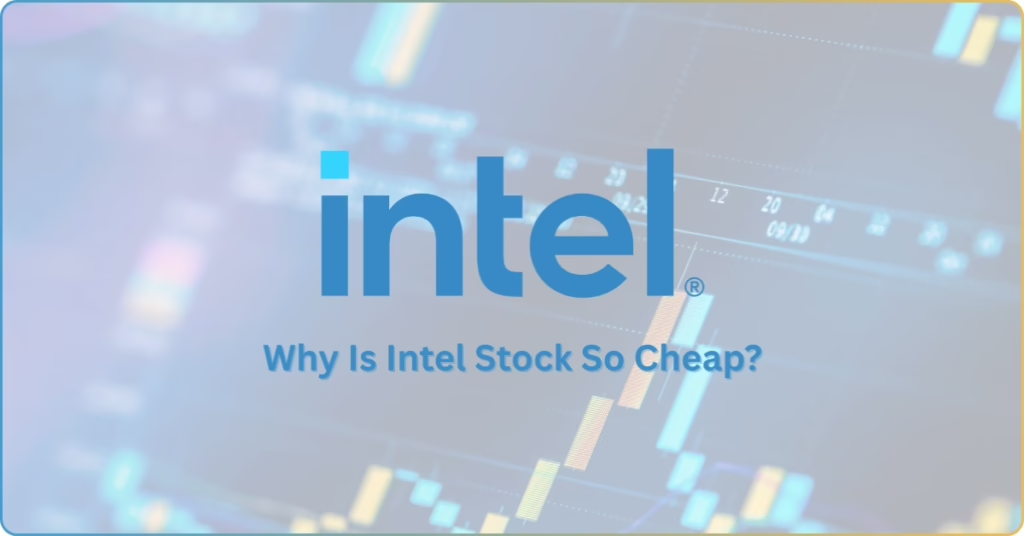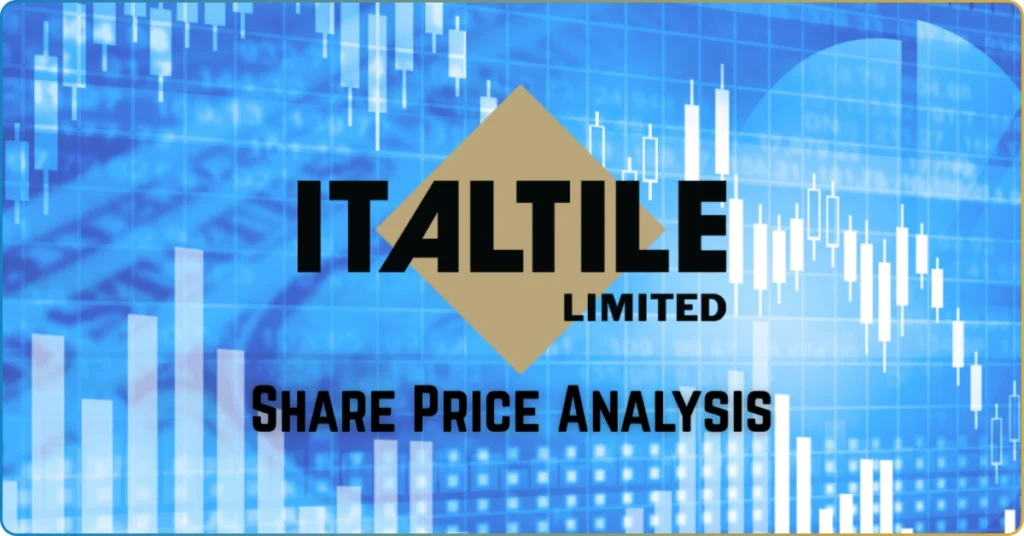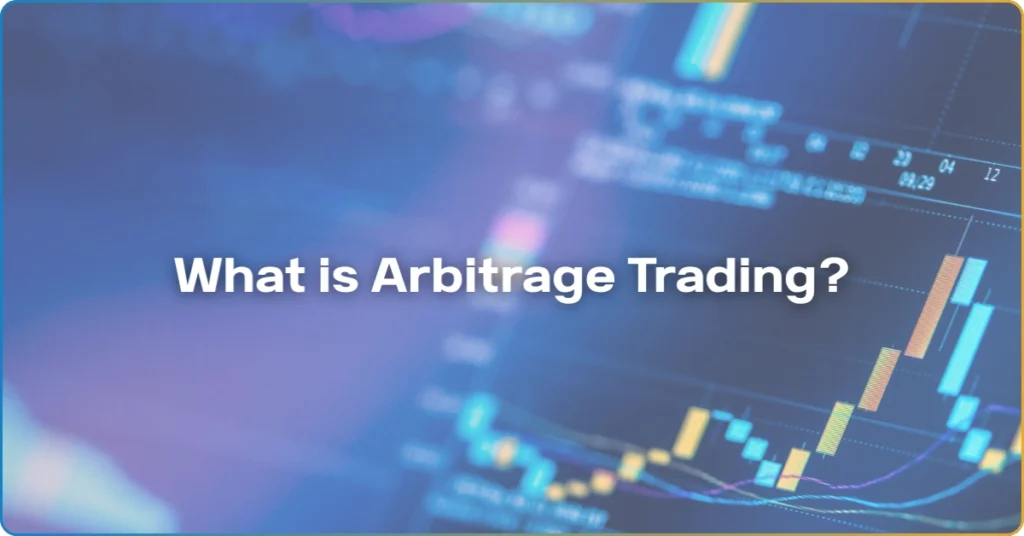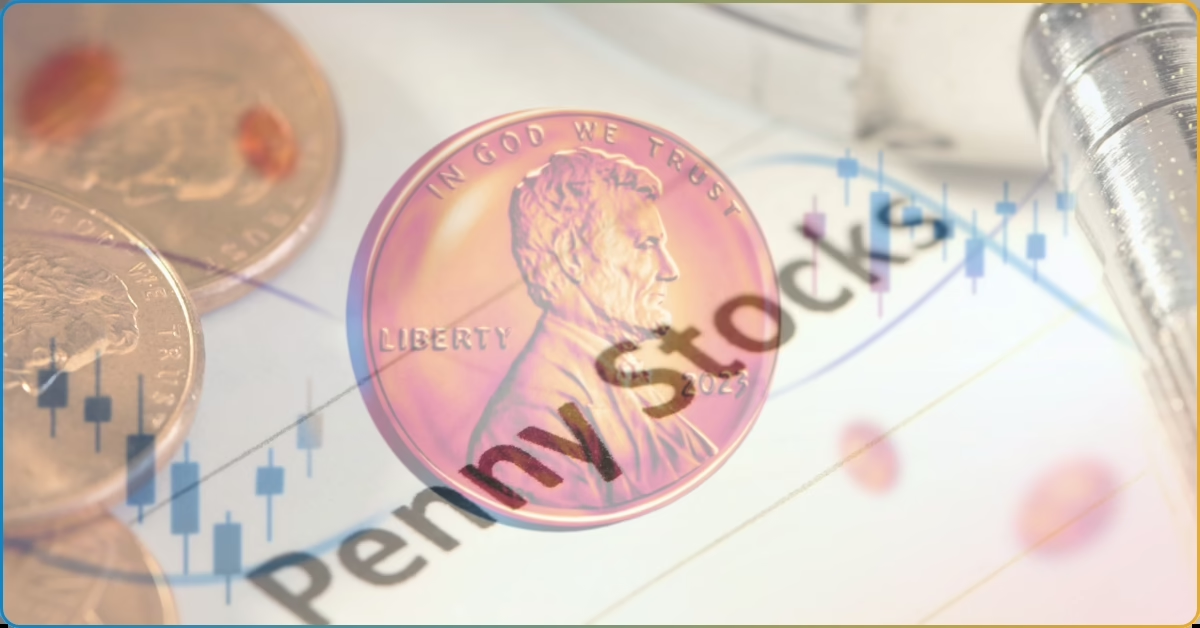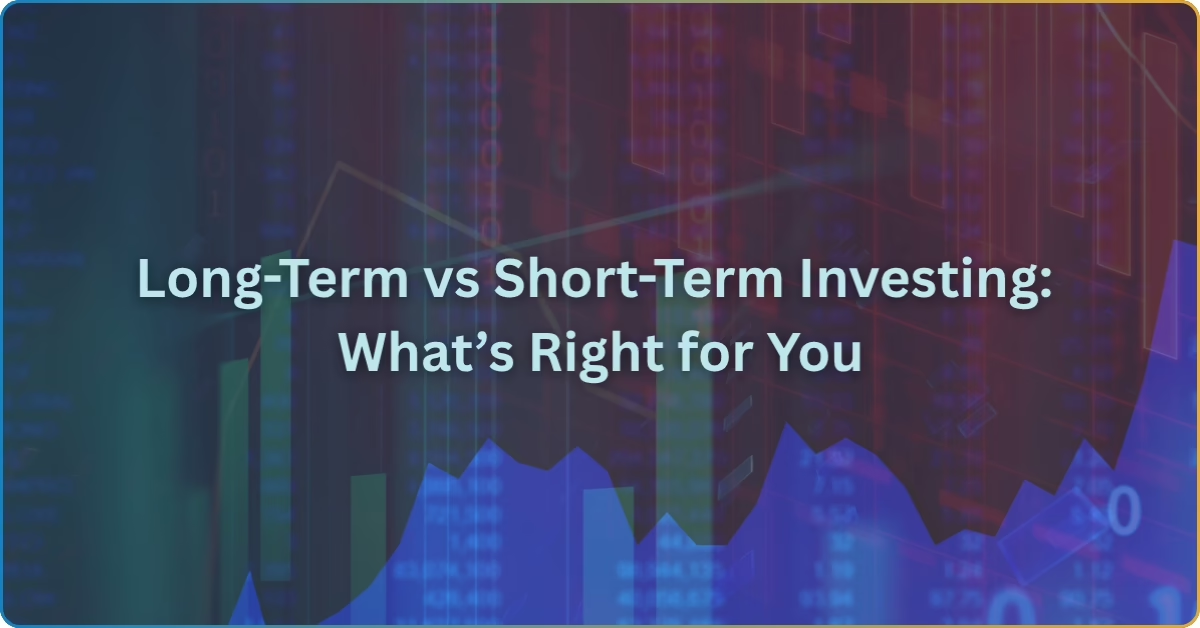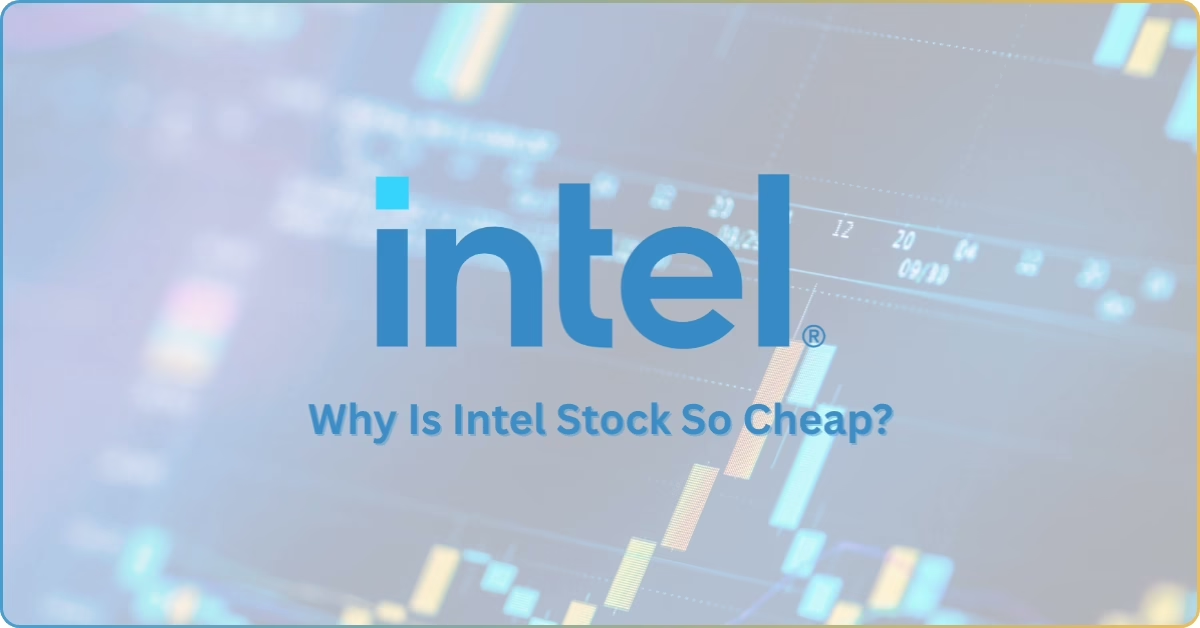Not too long ago, FTX was one of the biggest names in crypto—trusted by millions, endorsed by celebrities, and backed by some of the biggest investors in the world. It was fast, innovative, and seemed unstoppable.
Then, almost overnight, everything came crashing down after CoinDesk revealed the platform’s mismanagement of users’ funds. After that, users couldn’t withdraw their funds, and billions of dollars vanished.
Its once-revered CEO, Sam Bankman-Fried, went from industry darling to facing fraud charges.
So, what really happened? How did one of the largest crypto exchanges collapse so spectacularly? And what does it mean for the future of crypto?
Let’s break it down.
Overview of FTX Crypto Exchange
Once the third-largest cryptocurrency exchange by trading volume, FTX is now hailed as the biggest collapse in the crypto industry. Its downfall carries significant weight on the development of the cryptocurrency market and its regulation.
Regulated by the Securities Commission of the Bahamas (SCB), the FTX crypto exchange specialized in spot markets, derivatives, options, volatility products, and leveraged tokens through ERC20-based tokens.
FTX Services Offered
At its peak, FTX was the third-largest cryptocurrency exchange by trading volume, boasting over one million users and a valuation of $32 billion.
The exchange platform achieved this feat through its comprehensive service suite, strategically targeting various clients with diverse needs.
Here are the five primary investment services offered by FTX:
| Futures trading | More than 100 quarterly & perpetually futures pairs Up to 20x margin |
| ERC20-based tokens | 3x leverage exposure |
| Options trading | Provides traders a right but not an obligation to buy or sell the asset at its future price |
| MOVE | Price-basis contract expiration, instead of futures date |
| Spot market trading | More than 100 spot trading pairs, including Bitcoin (BTC) and Ethereum (ETH) |
Aside from these features, FTX primarily caught the interest and trust of its clients due to its comprehensive yet intuitive and polished platform. The trading platform had a clean design and clear markings to ensure easy access to important functions.
In 2022, FTX garnered public attention – only this time, its name was tangled with financial fraud controversy.
The Relationship Between FTX and Alameda Research
CoinDesk, a crypto news media, blew a whistle against FTX’s CEO Sam Bankman-Fried for suspicious crypto holding flows between his two companies, FTX and Alameda Research (his trading firm).
According to CoinDesk, Alameda’s private balance sheet revealed that it had over USD 14.6 billion crypto assets under its account. Interestingly, all these assets came from FTX’s FTT tokens. Users use these tokens to access trading fee discounts on its platform.
Read the full CoinDesk article: Divisions in Sam Bankman-Fried’s Crypto Empire Blur on His Trading Titan Alameda’s Balance Sheet
There’s nothing inherent wrong with this cash flow, as any company could be and may be reliant on a singular entity to drive its financial assets up. However, the case of Alameda Research was different, as its primary asset stream came from its sister company.
Interestingly, a big chunk of the trading firm’s assets was from a token invented by Bankman-Fried himself. Meaning that Alameda’s financial growth was artificial.
What Happened to the FTT Market After the CoinDesk Exposé?
The initial collapse took place after the close relationship between FTX and Alameda Research collapsed.
Due to the controversy, the largest crypto exchange, Binance, will sell off all its company USD 580 million worth of FTT holdings. Due to fear of market decline, a significant number of holders sold their FTT assets and requested fund withdrawal.
As expected, FTX couldn’t meet the exponential increase in withdrawal demand. With this, a significant number of withdrawal requests were rejected, and the platform ultimately halted withdrawal to prevent a further influx of requests.
On the other side, Binance’s CEO planned to acquire FTX after the controversy, which was dubbed as strategic to get FTX’s user base and competitive features. According to Bankman-Fried, the potential acquisition will be a “user-centric development that benefits the entire industry.”
However, Binance had withdrawn the suggestion as a result of corporate due diligence. Specifically, the by-then FTX fund mismanagement, the US Securities and Exchange Commission (SEC) and Justice Department investigations, and the potential reputational threat prompted the acquisition withdrawal.
The Securities Commissions of the Bahamas Froze FTX Assets
On its public release, the Bahamas financial regulator acknowledged the (by then) ongoing fund-mismanagement controversy revolving around FTX. It ultimately suggested that the company and Bankman-Fried potentially mishandled the funds of its clients, which were reflected in the balance sheet of Alameda Research.
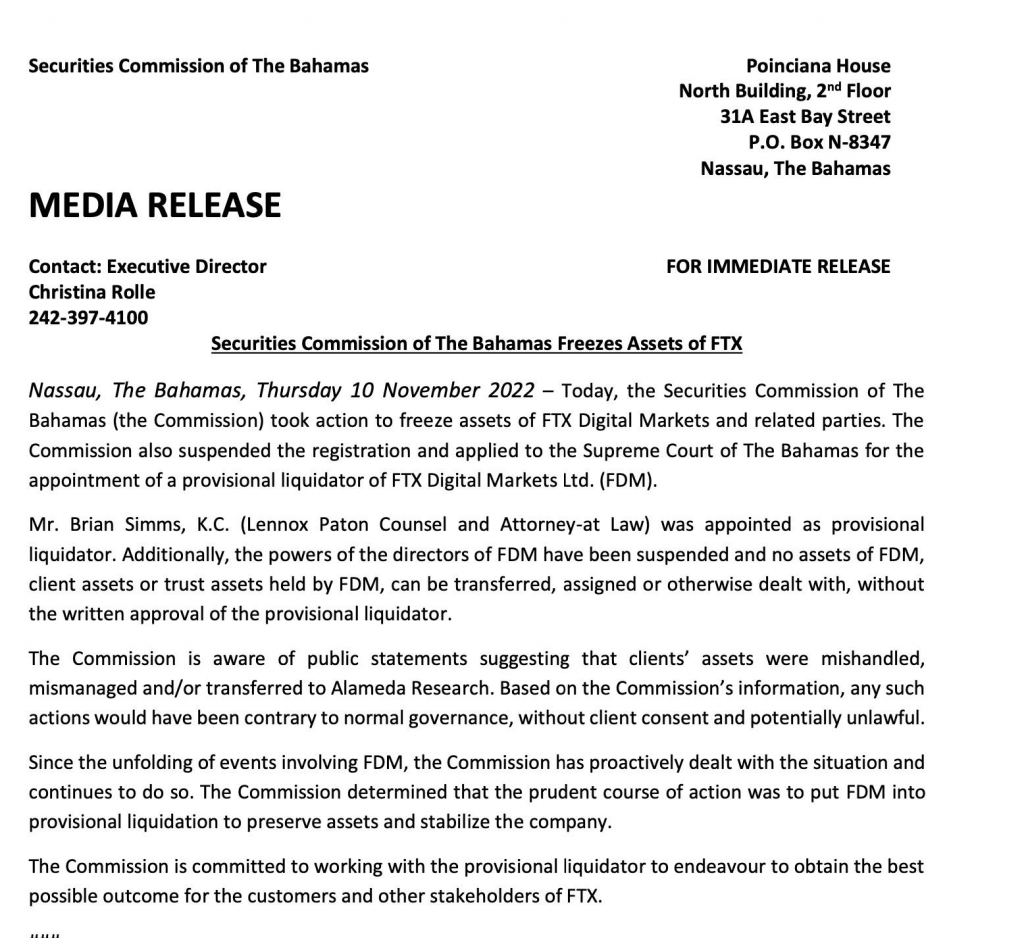
As a result, the financial regulator took action to freeze the assets of FTX Digital Markets and related parties, including Alameda Research’s.
FTX Filed for Chapter 11 Bankruptcy Protection
After the financial regulator seized FTX assets, the company subsequently filed for bankruptcy protection.
This was also followed by the resignation of Bankman-Fried as the company’s CEO and the entry of John Ray III. Ray became controversial in the energy industry after the disappointing bankruptcy proceedings in the 2000s.
According to Ray, the request for bankruptcy protection would allow the company to assess the situation and develop processes to maximize recoveries for stakeholders.
An unprecedented situation followed suit – the company filed a USD 32 billion bankruptcy on November 17.
The US SEC Concluded the Case and Charged Bankman-Fried with Defrauding Investors
On December 12, 2021, Bankman-Fried was arrested in the Bahamas following the criminal charges filed against him by federal prosecutors in New York.
The arrest followed receipt of formal notification from the United States with a request for his extradition.
A day after the arrest, the US SEC charged the former CEO of FTX with defrauding investors.
Notably, the financial regulator noted that this incident highlighted the risk of dealing with unregistered crypto trading platforms or financial service providers in general.

